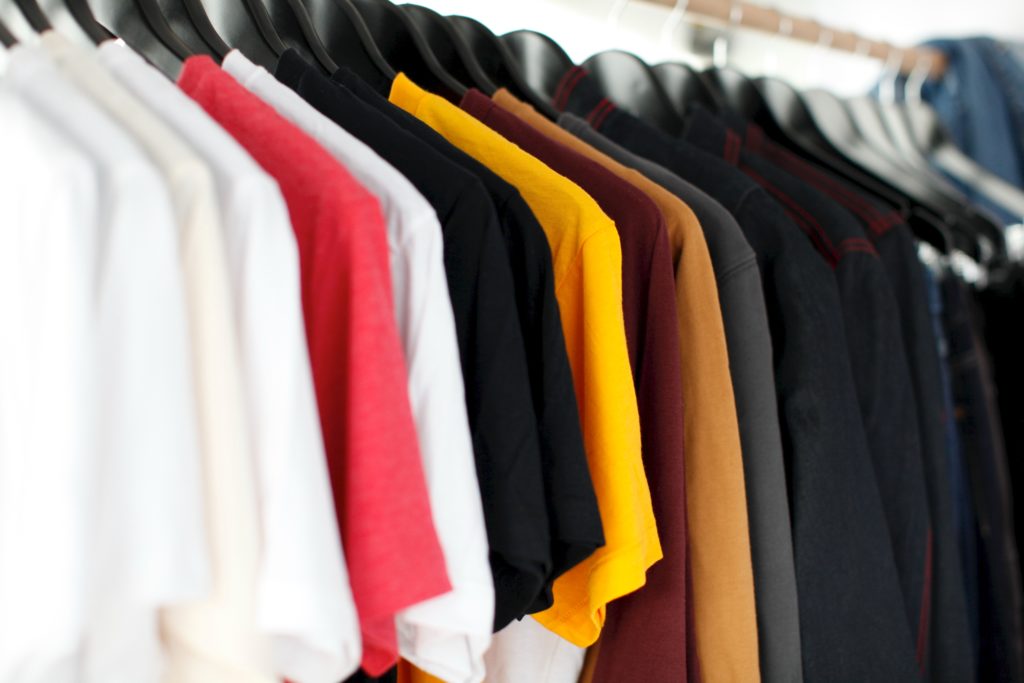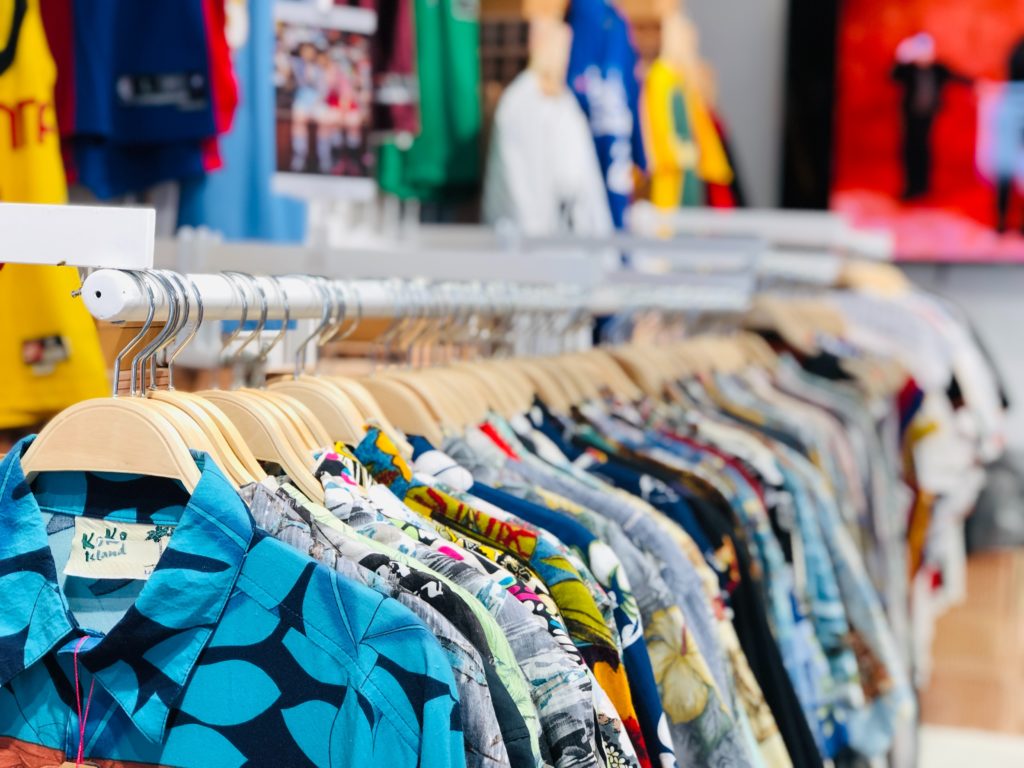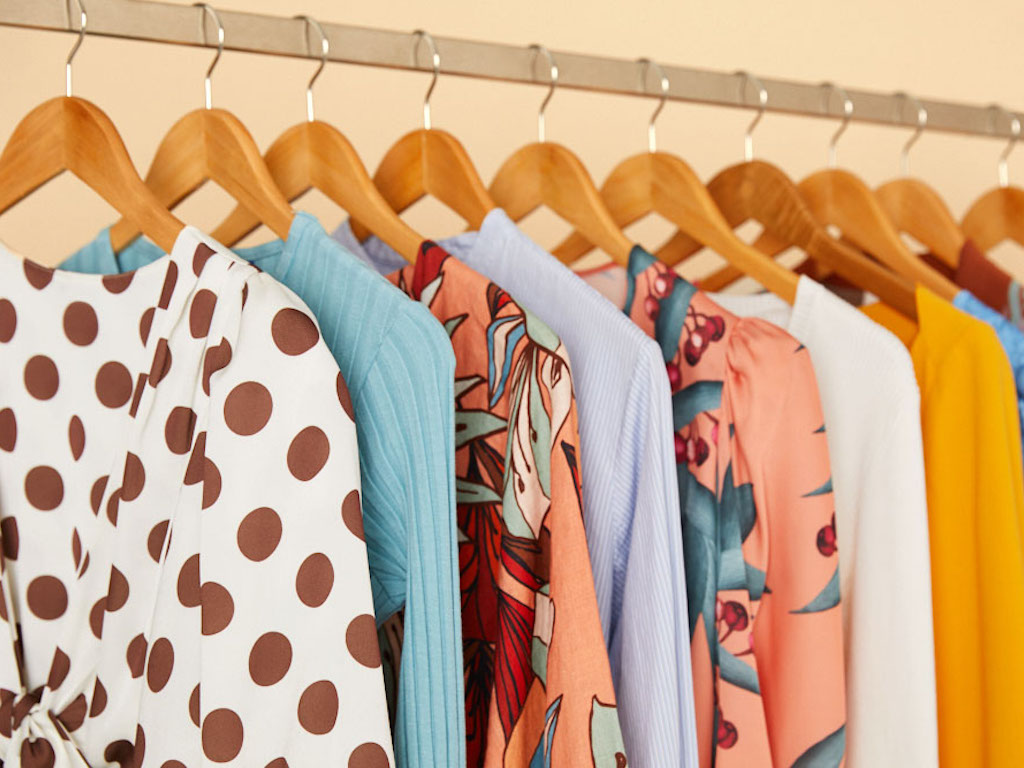3 Mins Read
A new report conducted by Boston Consulting Group (BCG) and secondhand platform Vestiaire Collective finds the resale market could make up 40 percent of the overall apparel market in the coming years.
The new report, What an Accelerating Secondhand Market Means for Fashion Brands and Retailers, says the secondhand market has tripled in size since 2020 with an estimated value of between $100 to $200 billion worldwide.
Already, the secondhand market makes up three to five percent of the overall apparel, footwear, and accessories sector, a number BCG says could surpass 40 percent, although the report didn’t provide a date for that estimate.
‘Consumers have embraced secondhand’
“At BCG, we have been analyzing the global resale market in detail since its infancy,” Sarah Willersdorf, BCG’s global head of luxury and coauthor of the report, said in a statement. “It is now certain that consumers have embraced secondhand and it’s changing the way they buy and sell their clothes. There is a tremendous opportunity for brands that enter this market to capture new customers while also appealing to existing shoppers motivated by sustainability, affordability, and exclusivity.”

Secondhand products are expected to make up about 27 percent of closets by next year, with Gen-Z being most open to secondhand; the report says 31 percent of Gen-Z are open to buying pre-worn items, while 44 percent are open to selling.
Data were taken from two global surveys conducted in 2020 and 2022. “While affordability was cited as the primary driver for buying secondhand items among more than half of respondents, this trend is declining,” the companies note.
Factors driving secondhand purchases
According to the record, “product variety was reported as the second biggest driver behind consumption also increasingly popular factors for purchasing secondhand clothing, with 35 percent of survey respondents reporting them as their driving forces.”
The driving factor for selling items is to clean out closets and make room for new items—60 percent of survey respondents cited this as their main motivation. They’re also aiming to recover residual market value and either spend that revenue on secondhand items (39 percent) or new items (20 percent).

Fanny Moizant, co-founder, and president of Vestiaire Collective said she’s proud to see that sustainability and environmental awareness are increasing drivers for customers to buy and sell, “but also for companies who wish to integrate circularity into their business model.”
“While there are many avenues for brands to explore this market, internally or with an external partner, collaborating with an established platform like Vestiaire Collective has significant advantages, including access to a community of over 23 million resale consumers worldwide, as well as over a decade of data, pricing, logistics and fulfillment expertise.”
Lead image courtesy of Pexels.



